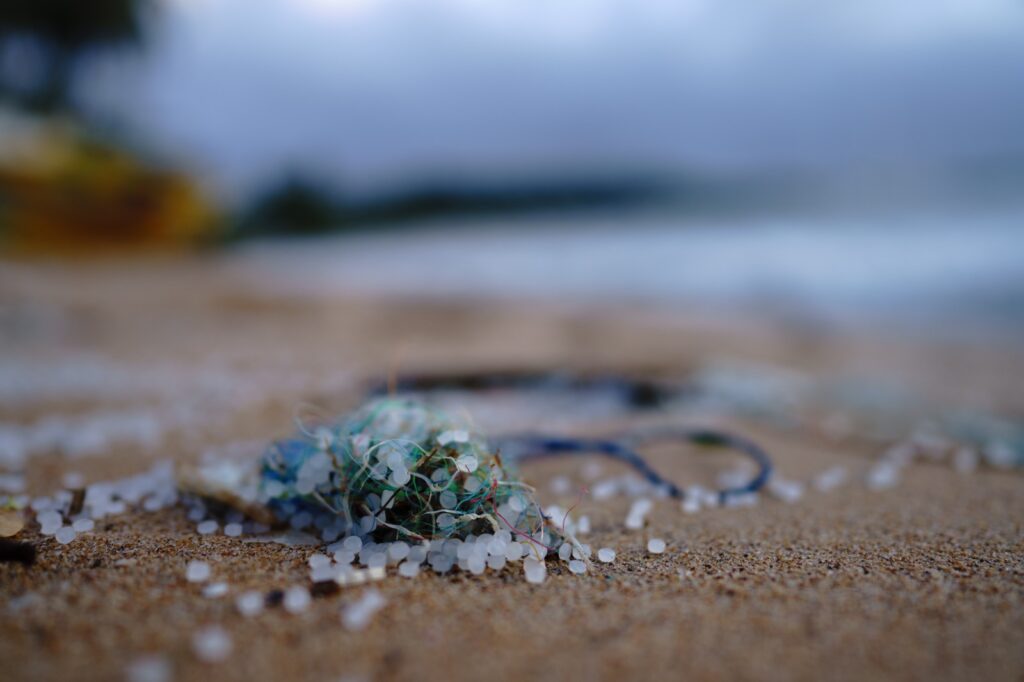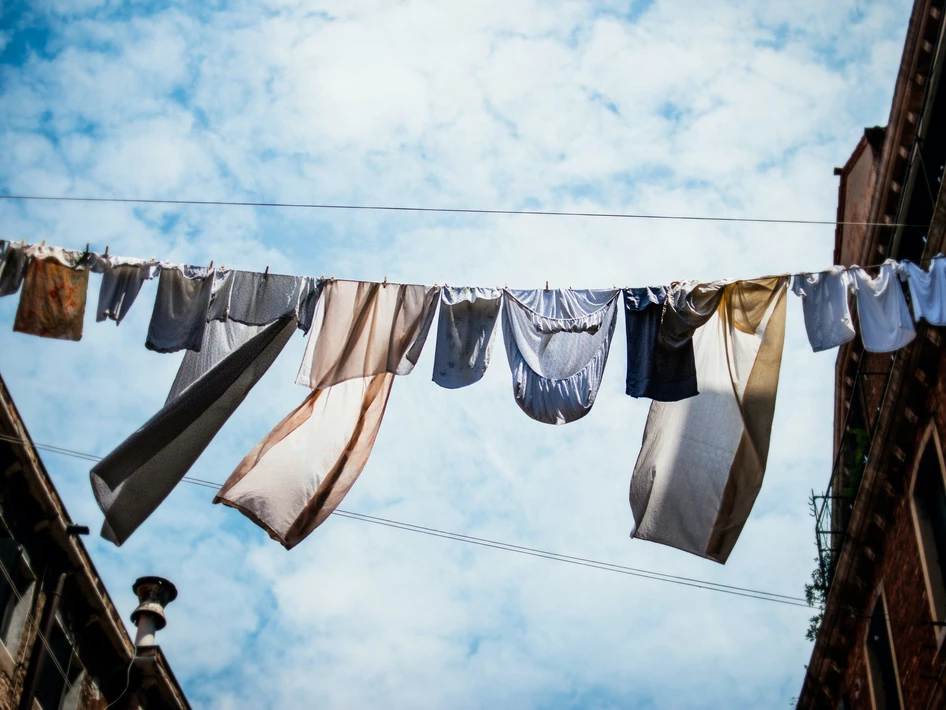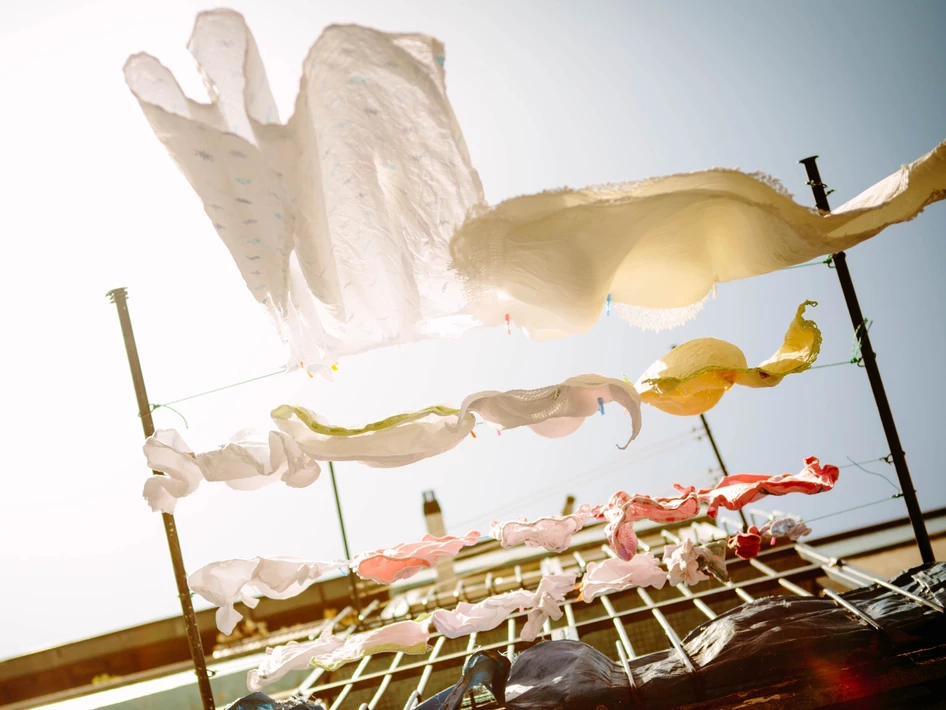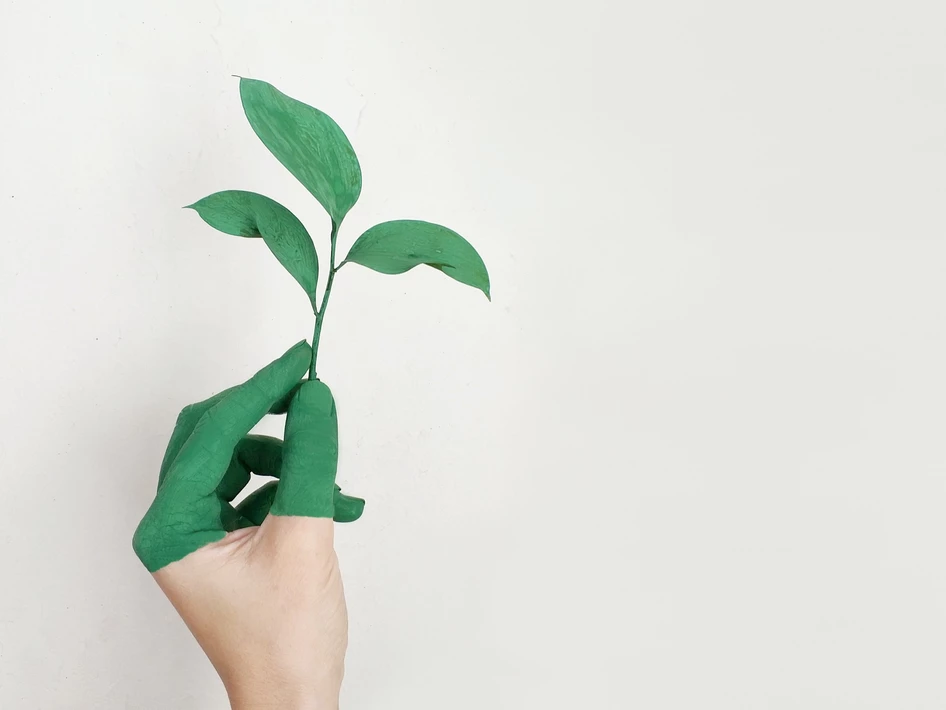Plastic drink bottles, plastic packaging material, plastic in our clothes… It is estimated that anywhere between 6 and 15 million tonnes of plastic, representing 2-4% of global production, enters the environment every year. But were you aware that plastics have also made their way into our bodies? These tiny particles called microplastics have been found in bloodstreams, in placentas and even in foetuses, making them a hazard to our health and not just the environment.
So, what are microplastics exactly?
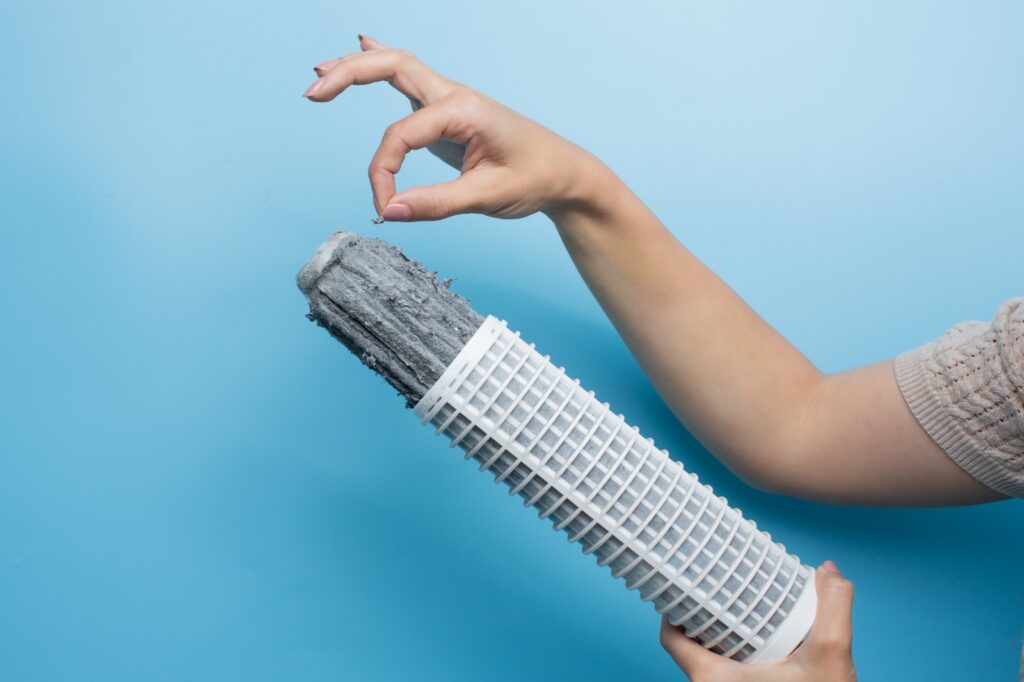
Microplastics are small pieces of plastic less than 5 mm in size. These particles can originate from multiple sources, including personal care products, and can be released during the washing of synthetic textiles and plastic manufacturing. Microplastics have essentially two forms: Primary and Secondary. Primary microplastics refers to the plastic particles that are released into the global environment. According to Simi Sugathan, a safety scientist and founder of Safety Monitor Research Foundation and MAYA, a safe beauty marketplace, primary microplastics can also be found in the formulation of cosmetic products, such as scrubs or toothpaste, where it can act as a cheap substitute for an abrasive. In the case of textiles, primary microplastics are released during the production process or while washing. ‘Primary microplastics are an integral part of the product,’ says Simi. ‘These have a higher chance of ingestion and, therefore, are more likely to enter the bloodstream.’ The secondary microplastics are formed from the breakdown of mismanaged plastic waste in the landfills. These may end up in the water systems, thereby polluting the water, affecting marine life and human health.
According to a Dutch study, which examined blood samples from 22 anonymous healthy volunteers, microplastics were found in nearly 80% of the samples. Half of these blood samples showed traces of PET plastic, widely used to make drink bottles, and more than a third had polystyrene, used for disposable food containers.

Microplastics in our clothes
Textiles are a major source of microplastic pollution. According to research, synthetic textiles discharge between 0.2 to 0.5 million of microplastics in the ocean each year, making up at least 35% of the total volume of plastic waste in the water. In other words, the clothes we wear on a day-to-day basis have the potential to significantly impact the ecosystem. Sixty per cent of the fabric content in our clothes is polyester, nylon, acrylic and other synthetic fibers. These clothes may be affordable and versatile, but when washed, they release microplastics either due to abrasion or shedding of fibers. The water containing these microplastics eventually finds its way to a wastewater treatment plant. However, the fibres are too small to be filtered and do make their way into the ocean.
One of the most alarming aspects of microplastics is their prevalence in oceans and waterways. These particles pose a threat to marine life as they can be mistaken for food, and can bioaccumulate up the food chain, consequently leading to internal injuries, digestive issues and death in larger marine creatures. The long-term impact of microplastics on human health is yet to be determined, however it is an increasing cause of concern. A few reports suggest human exposure to these plastics can lead to DNA damage, inflammation and immune system disruption.
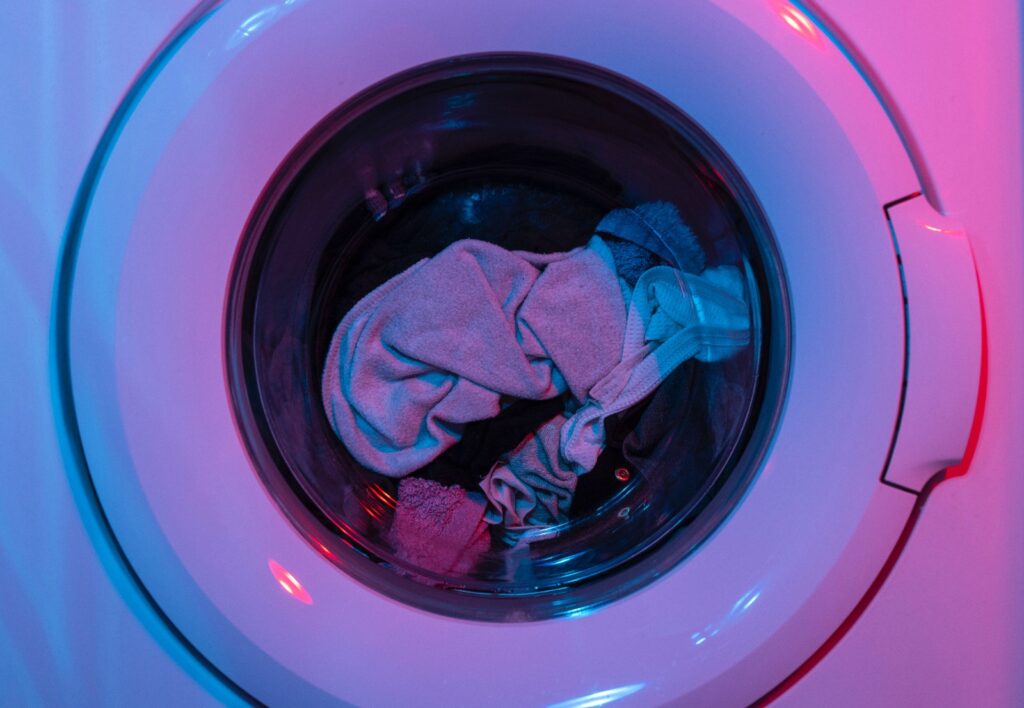
How to reduce microplastics
It has been agreed that microplastics are a pervasive issue affecting our oceans, aquatic life and human health. It is vital for us to take action, no matter how small. Sugathan suggests we follow the thumb rule of 4R’s (refuse, reduce, reuse and recycle).
Refuse to consume plastic products. The more plastic we consume, the more microplastics get released into the environment, directly or indirectly. Instead, opting for non-synthetic fibers such as cotton, linen and hemp is one way to reduce microplastics.
Reduce the frequency of your garment washes. This is a great way to reduce the amount of microplastics released into the water systems, from our laundry. Air-dry your synthetic clothes, instead of machine-drying, as this reduces the number of microfibres that your clothes will shed.
Reuse or recycle what you already have. The first step to sustainability is making use of what’s already in your wardrobe.
Repurpose your clothes, as much as you can.
There is no concrete way to reduce microplastics, but making mindful decisions and choosing biodegradable, non-synthetic clothes and products will go a long way.
Let’s make microplastics a micro problem.

